Millions of commercial drones may be in the air by 2020. This could make near-instant airborne delivery a reality. But what are the hidden costs? A multidisciplinary team of RAND experts is looking into it: http://r.rand.org/37ch
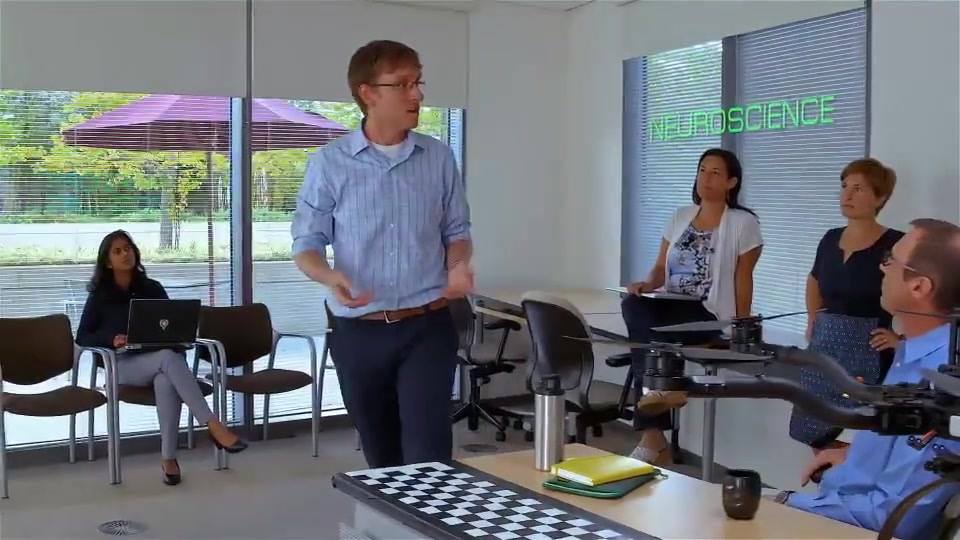
Millions of commercial drones may be in the air by 2020. This could make near-instant airborne delivery a reality. But what are the hidden costs? A multidisciplinary team of RAND experts is looking into it: http://r.rand.org/37ch
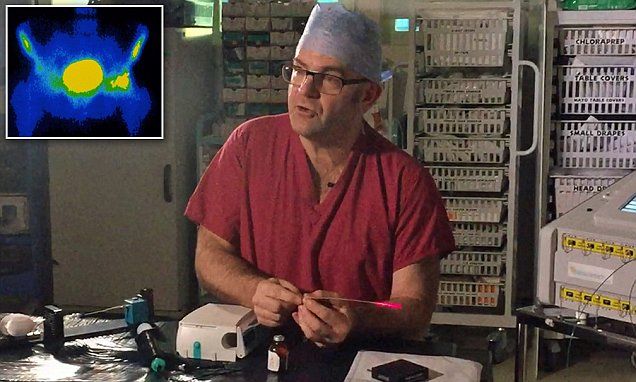
Bacteria that lives on the ocean floor has been found to cure half of all male prostate cancer sufferers in a London trial. It’s injected into the bloodstream and could replace surgery.
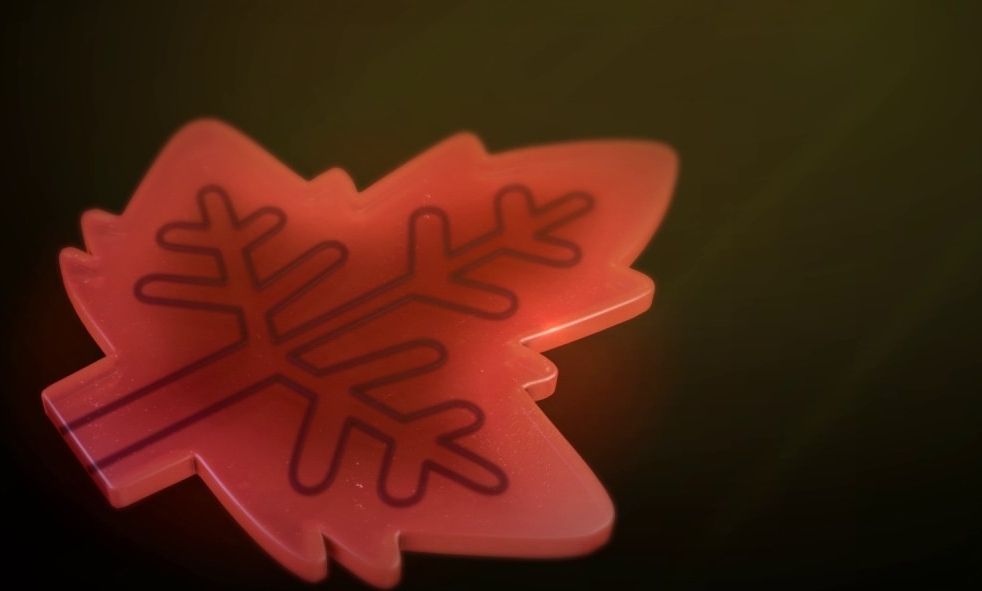
Leaves are kind of like nature’s power plants, converting incoming sunlight into energy for the plant to thrive on. Inspired by the real thing, scientists have previously created artificial leaves that function in much the same way as their natural counterparts to produce electricity and even liquid fuels. Now a team at Eindhoven University of Technology (TU/e) is using a similar system to produce chemicals, which could one day lead to solar-powered “mini-factories” that can produce drugs, pesticides and other chemicals almost anywhere.
To mimic the light-capturing molecules in leaves, the researchers turned to luminescent solar concentrators (LSCs), materials seen in solar-harvesting window technology and used to catch and amplify laser beams carrying data in Facebook’s drone-mounted internet projec t. These LSCs absorb incoming light, convert it to specific wavelengths and then guide the photons to the edges of the device.
Continue reading “Artificial leaf could make a medicinal mini-factory” »
Gaia continues to reap dividends; per this new paper detailing a much closer solar system trajectory for Gliese 710, a sunlike star some 64 light years away in the constellation of Serpens.
Gliese 710, a star about half the size of our Sun, will rip through a portion of our solar system’s Oort Cloud of comets some 1.35 million years from now. In the process, it’s likely to dislodge a huge swath of long-period Earth-crossing comets.
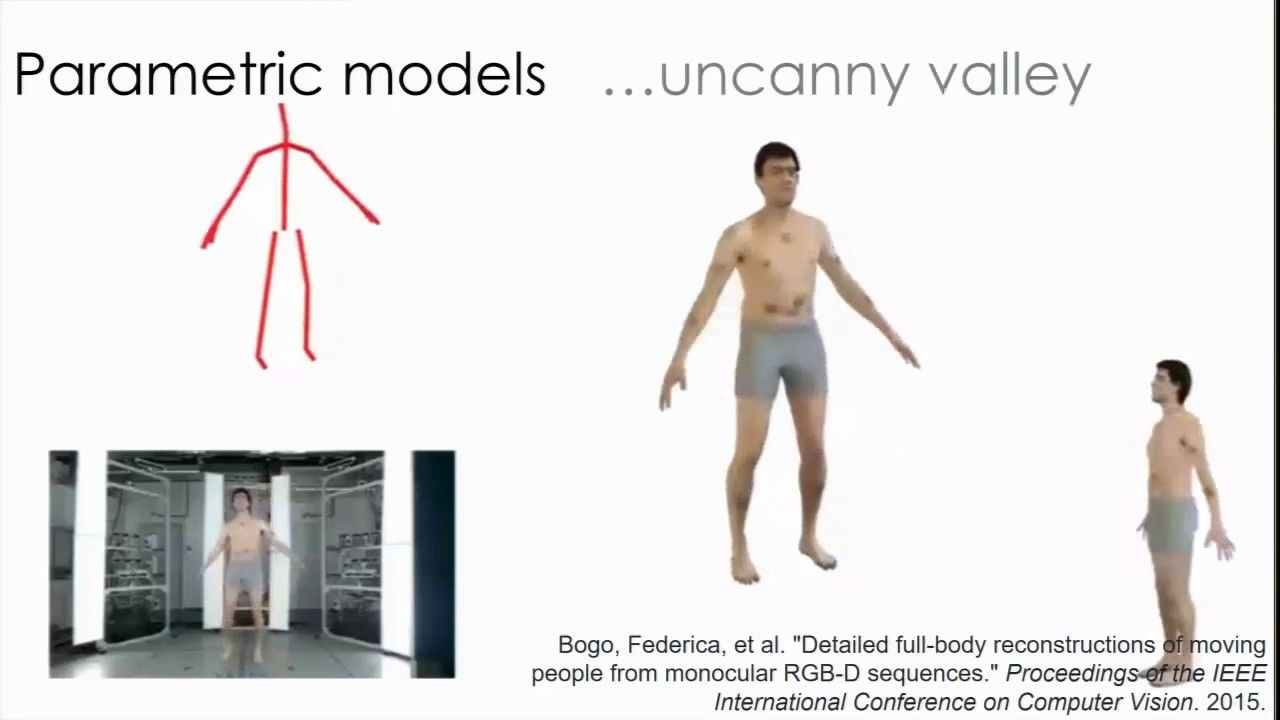
In March this year Microsoft unveiled their new project – Holoportation, which they envision as the future of teleconferencing.
Holoportation is a new type of 3D capture technology that allows high quality 3D models of people to be reconstructed, compressed, and transmitted anywhere in the world in real-time. When combined with mixed reality displays such as HoloLens, this technology allows users to see and interact with remote participants in 3D as if they are actually present in their physical space.
(Credit: (Photo by Lisa Maree Williams/Getty Images)) China is currently domiating in terms of Solar Energy and in here you will find out how they manage their solar industry. 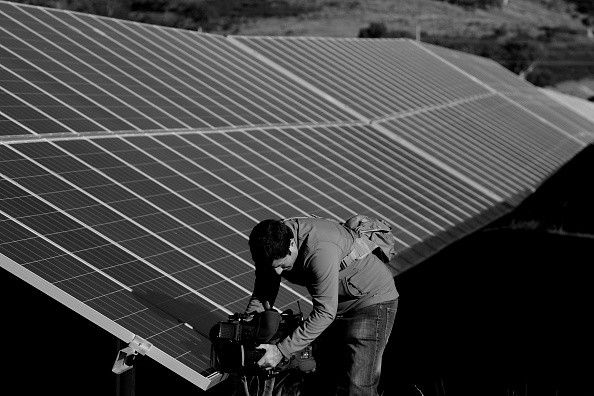
December 21
OPINION | Imagine if a member of Congress could don a headset and experience being a refugee.
Instead of ordering batteries by the pack, we might get them by the ream in the future.
Researchers at Binghamton University, State University of New York have created a bacteria-powered battery on a single sheet of paper that can power disposable electronics. The manufacturing technique reduces fabrication time and cost, and the design could revolutionize the use of bio-batteries as a power source in remote, dangerous and resource-limited areas.
“Papertronics have recently emerged as a simple and low-cost way to power disposable point-of-care diagnostic sensors,” said Assistant Professor Seokheun “Sean” Choi, who is in the Electrical and Computer Engineering Department within the Thomas J. Watson School of Engineering and Applied Science. He is also the director of the Bioelectronics and Microsystems Lab at Binghamton.
Continue reading “Scientists build bacteria-powered battery on single sheet of paper” »
In Brief
Susan Schneider is a fellow at the Institute for Ethics and Emerging Technologies (IEET). She is also an associate professor of philosophy at the University of Connecticut, and her expertise includes the philosophy of cognitive science, particularly with regards to the plausibility of computational theories of mind and theoretical issues in artificial intelligence (AI).
In short, Schneider has a keen understanding of the intersection between science and philosophy. As such, she also has a unique perspective on AI, offering a fresh (but quite alarming) view on how artificial intelligence could forever alter humanity’s existence. In an article published by the IEET, she shares that perspective, talking about potential flaws in the way we view AI and suggesting a possible connection between AI and extraterrestrial life.
Continue reading “The Goals of Extraterrestrial AI May ‘Conflict With Those of Biological Life’” »
